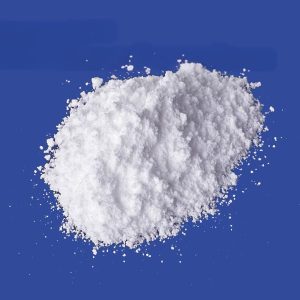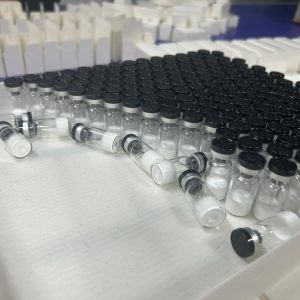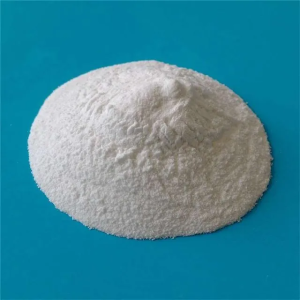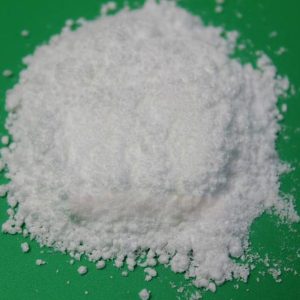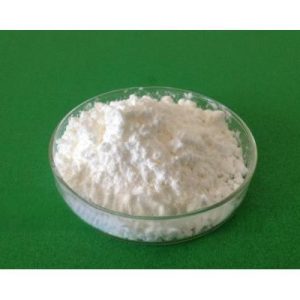Finasteride is a synthetic, artificial androgen used primarily to treat male hair loss (androgenetic alopecia, also known as male pattern baldness) and benign prostatic hyperplasia. It works by inhibiting 5α-reductase, an enzyme found in the skin and prostate that is responsible for converting testosterone (a male hormone) into the more potent dihydrotestosterone (DHT).
High levels of DHT in the scalp and prostate are associated with hair loss and prostate hyperplasia. Finasteride helps slow or reverse the hair loss process and relieve symptoms of benign prostatic hyperplasia by reducing the production of DHT.
When treating hair loss, finasteride can reduce DHT levels in the scalp, thereby helping to maintain the hair growth cycle and possibly slow or stop hair loss. When treating benign prostatic hyperplasia, reducing DHT levels can help shrink the prostate and relieve symptoms of blocked urinary flow.
It should be noted that finasteride may cause some side effects, including sexual dysfunction, mood changes, and breast enlargement. In addition, after stopping the use of finasteride, some patients may experience the so-called “rebound effect”, that is, a temporary increase in hair loss symptoms. Therefore, before using finasteride, you should consult a doctor and weigh the pros and cons.
Finasteride bodybuilding
Finasteride’s principle of action is 5 alpha-reductase inhibitor, inhibit the conversion of testosterone to dihydrotestosterone which is particularly strong in action, not to suppress its own testosterone secretion, so Finasteride can resist the DHT produced by taking steroids in the process of fitness.Dihydrotestosterone is about 5 times stronger than testosterone in the androgenic manifestation, and the strength and muscle mass is also one of the androgenic products. Generally Finasteride 5mg dosage is used for the treatment of prostate hyperplasia type of disease, and hair loss patients are generally dosed with 1mg.
Melting point 253 °C
alpha 405 -59° (c = 1 in methanol)
Boiling point 576.6±50.0 °C(Predicted)
density 1.065±0.06 g/cm3(Predicted)
storage temp. room temp
solubility DMSO: 32 mg/mL, soluble
form solid
pka 14.17±0.70(Predicted)
color white to beige
Water Solubility insoluble
Merck 14,4082
BCS Class 1
InChIKey DBEPLOCGEIEOCV-WSBQPABSSA-N
LogP 3.030
CAS DataBase Reference 98319-26-7(CAS DataBase Reference)
EPA Substance Registry System 1H-Indeno[5,4-f]quinoline-7-carboxamide, N-(1,1-dimethylethyl)-2,4a,4b,5,6,6a,7,8,9,9a,9b,10,11,11a-tetradecahydro-4a,6a-dimethyl-2-oxo-, (4aR,4bS,6aS,7S,9aS,9bS,11aR)- (98319-26-7)
More Introduction:https://en.wikipedia.org/wiki/Finasteride



